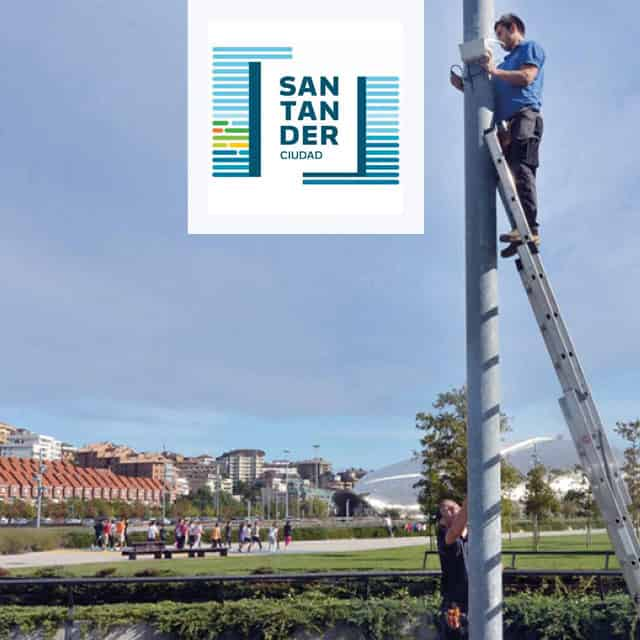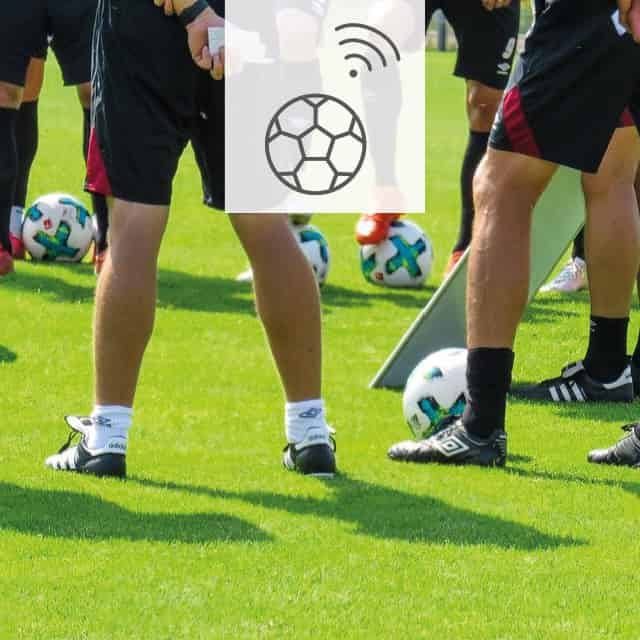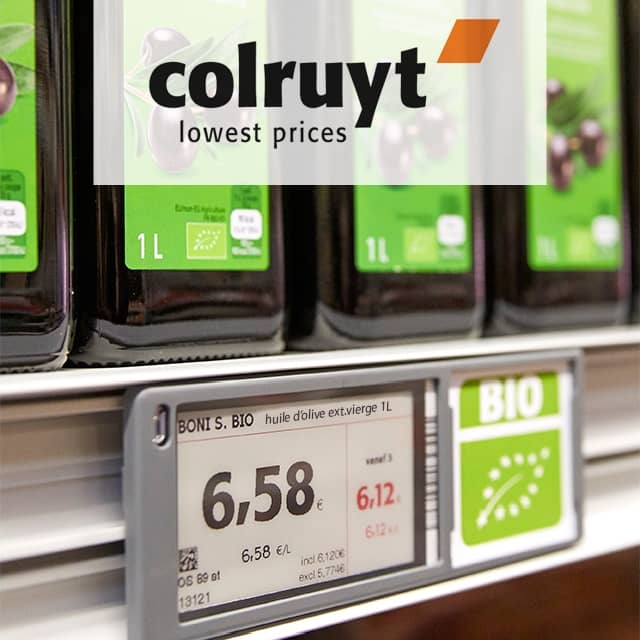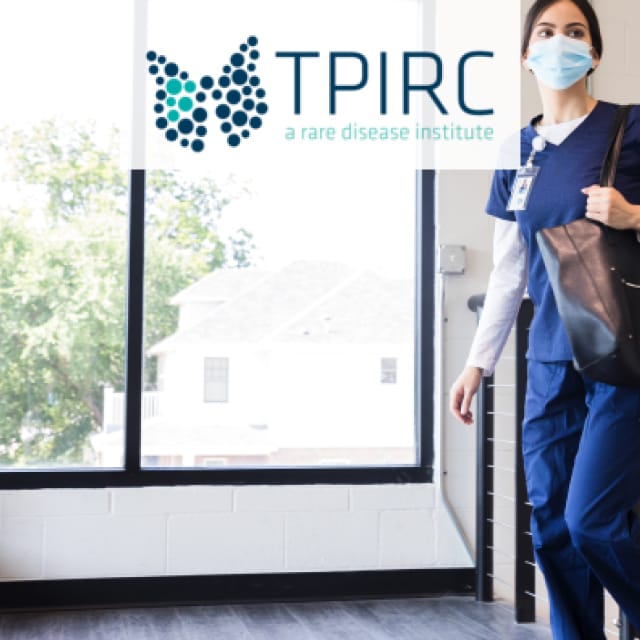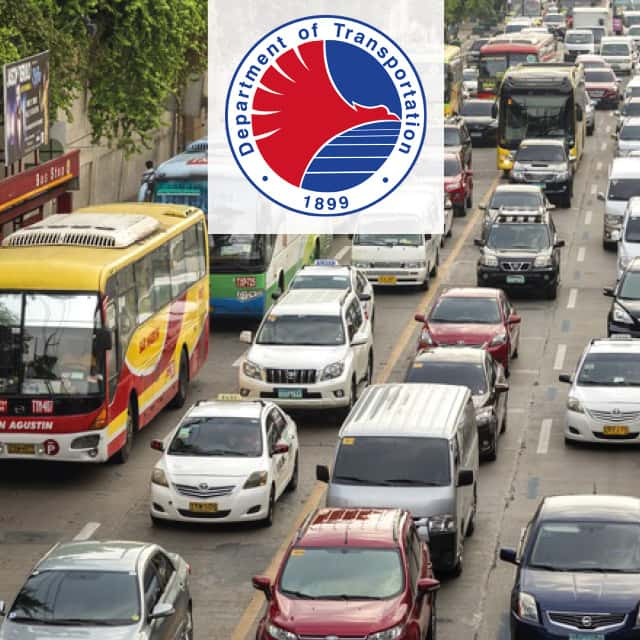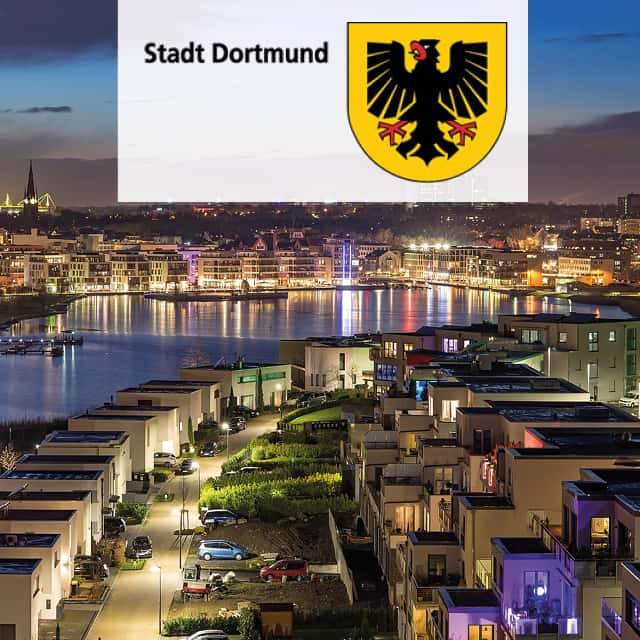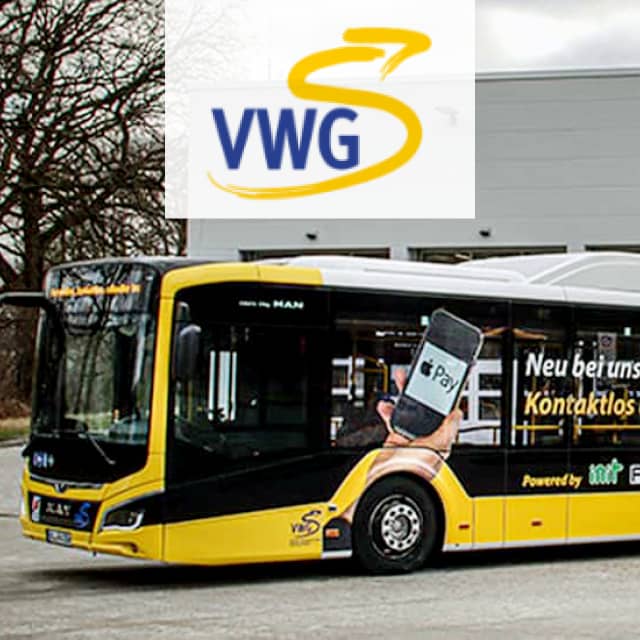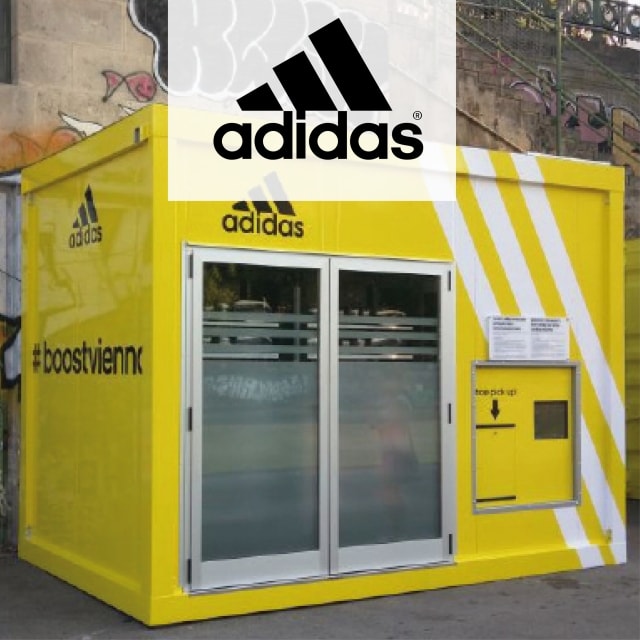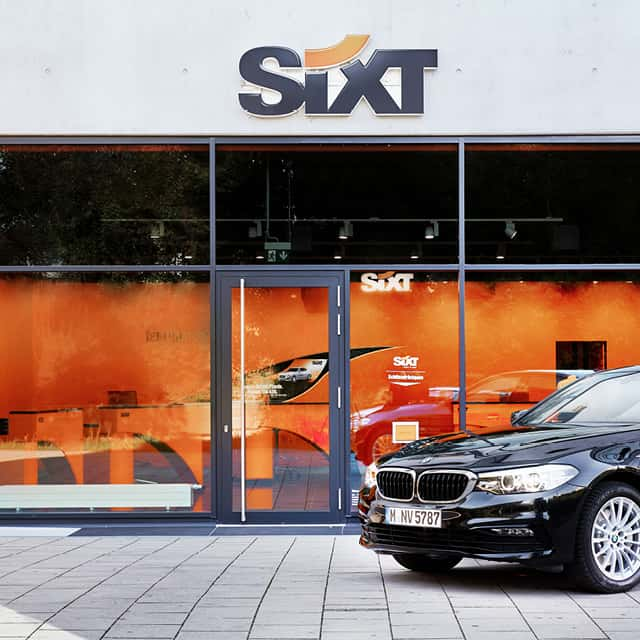
Parking Lot Access with RFID in Moscow City
A contactless and secure vehicle identification system based on encrypted UHF RFID technology has been integrated into the Moscow City complex.
Authorized entry to parking areas reserved for private residents and company tenants is ensured. At the same time, temporary visitor parking spaces are available for which a fee is charged.
Moscow City, founded in 1992, is a complex of residential, hotel, office, retail and entertainment properties located four kilometers west of Red Square. 12 of the 23 planned properties have already been completed and seven are currently under construction. Six skyscrapers in Moscow City reach a height of at least 300 meters, including the highest building in Europe, the Federation Tower, which is 100 stories high.
Process Requirements
Between 250,000 and 300,000 people live and work in the Moscow City complex. All parking lot access points within the complex are secured with barriers. In order to open the barrier, authorized parking lot tenants were required to stop. Authorization to enter was verified by inserting or scanning a MIFARE card. For a smooth control of the access authorization without having to stop the vehicle, a completely contactless application was to be integrated.
Objectives
- Increasing the efficiency of the automatic access system
- Increasing comfort for parking space tenants
- Guarantee the highest possible security
Solution
The implemented solution consists of UHF windshield labels and UHF RFID long range reader technology. The labels integrate UCODE DNA Gen2V2 chips with a unique ID number and an encryption key, which requires a reader with a matching key. An encryption key is stored in each reader, which is saved in a protected area within the device. The Gen2V2 protocol used prevents the tracing of commands.
In addition to the basic functions of UHF RFID Gen2, such as a serialized TID, EPC memory, kill tag commands and access password, UCODE DNA for data protection provides BlockPermalock and two 128-bit AES keys, as well as an AES digital core for crypto-authentication and a Trust Provisioning Service.
A two-tier authentication system ensures that only authorized readers can process the protocol and exchange data with the tags. Tag and reader must be authenticated before contactless data exchange can take place. A unique ID protects the tag against manipulation and cloning attempts. If the chip is set to 'untraceable' mode, the tag sends only encrypted data to the corresponding reader. No key can be used twice. If a reader detects a manipulation attempt, the key is automatically deleted.
The encrypted ID of the tag is linked to a specific person and stored in software. As soon as the tag approaches the gate, it is captured by the reader, which transfers the data to the software. If a car driver is authorized to enter, the software transmits the information to the gate to open the barrier.
The retrieved data is transmitted to the operator's software. Thus, additional statistics about data and times of entry and exit traffic of each vehicle, as well as at which checkpoint the passage took place, can be recorded. The reading range of the tags can be adjusted by configuring the power setting of the RFID modules in the readers.
Technology Partner
Hardware & Software
- NXP Semiconductors – UCODE DNA UHF-RFID ICs
- Feig Electronic – UHF Long Range Reader ID ISC.LRU1002
Advantages
- Efficient access control
- Increased reading range
- Vehicles do not have to stop at the access control
- Integrated counterfeit protection
- Secure, encrypted communication
Learn More
Questions? Get in contact with the editorial team!
Technologies
Application Fields


